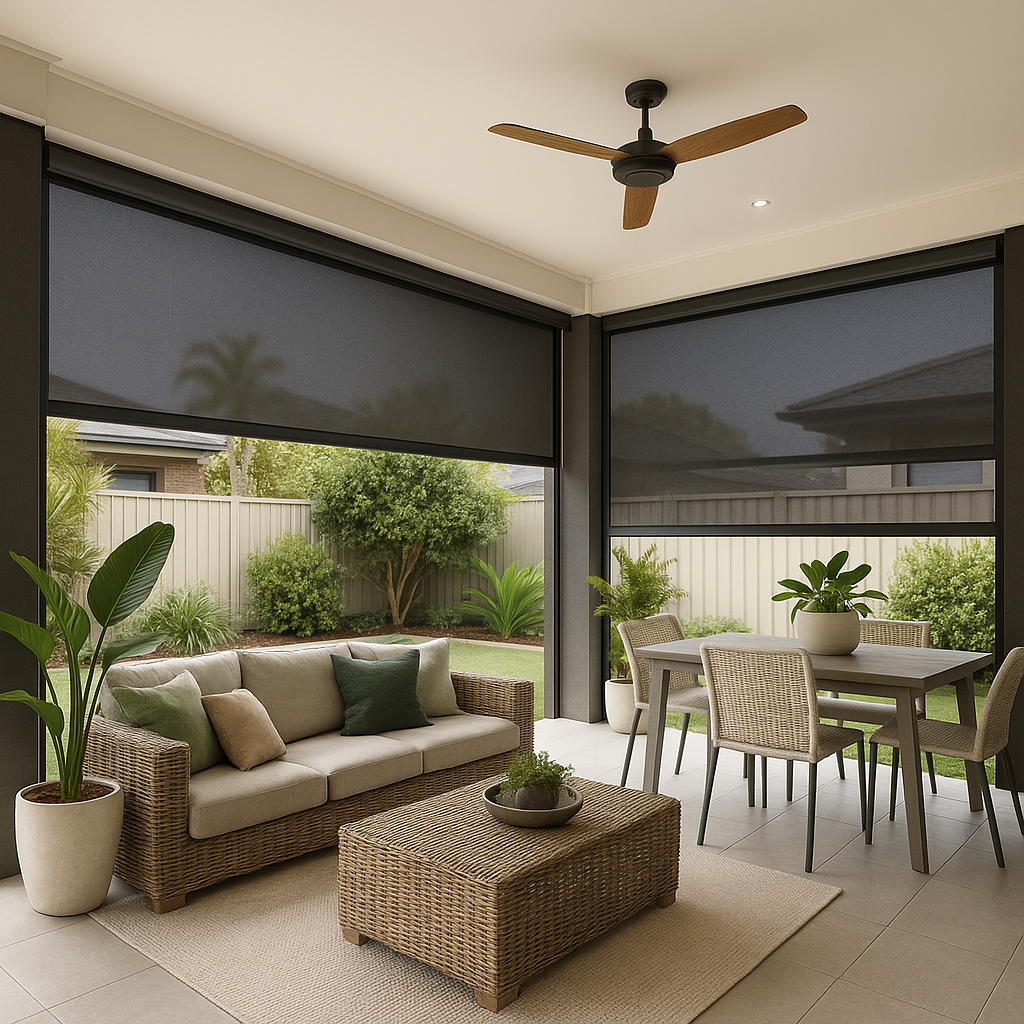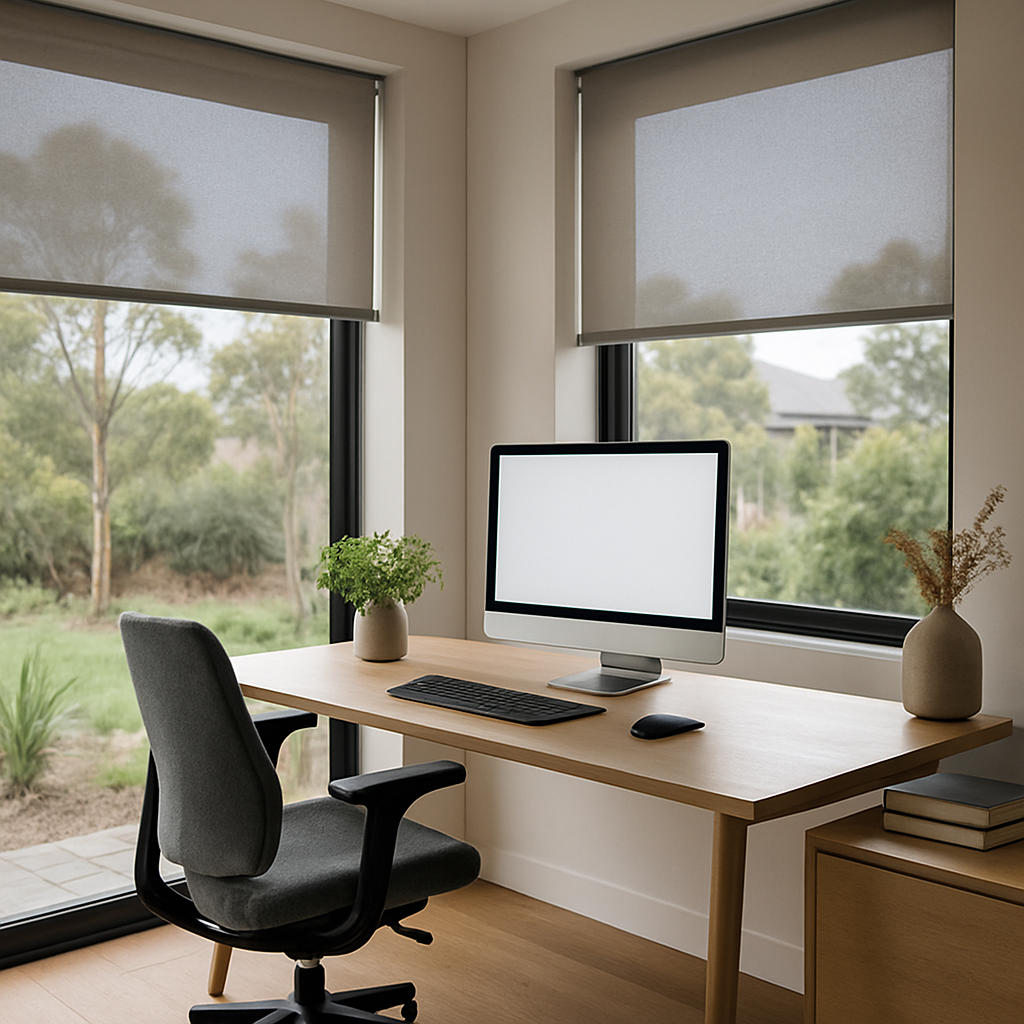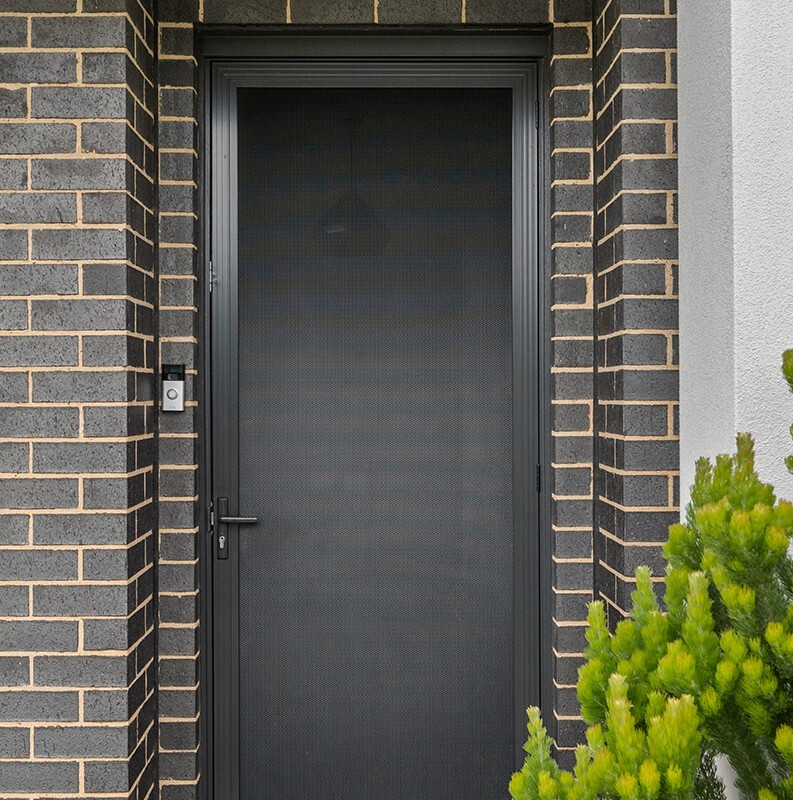When it comes to making the most of your outdoor space—whether it’s a sunny balcony, an alfresco dining area, or a cozy deck—what you choose to shield your space matters. At Security Plus Shutters, Doors & Blinds, we believe your...
The History of Indoor Blinds

Today, blinds are a popular choice in the home that are practical, offering privacy and light control in style with a range of materials, colours and designs to select from. Believe it or not, indoor blinds have been a useful window treatment for homes for centuries, with the concept of using window coverings as a method of providing privacy, light control, and insulation tracing back to ancient times.
When exactly did the use of blinds originate, and how have they evolved over time to become the widely used home furnishing choice the 21st century has come to know and love?
The Ancient Origins
The earliest uses of blinds can be traced back to ancient Egypt. Here, reeds woven together were used to create a simple window covering that offered shade and privacy in homes and temples. In ancient China, a similar use was seen with bamboo slats woven together with string, which could be rolled up and down to provide light control and shade when desired.
It is also thought that over 2,000 years ago in Rome, dampened pieces of cloth were used as the first Roman blinds in order to prevent dust from horse-drawn carriages through the streets entering homes. While used for this different reason, it was also discovered that the draped cloth was an excellent solution to block sunlight and keep the home cool.
Medieval Europe: The Industrial Revolution
In medieval times, which coincided with the Industrial Revolution, the use of blinds became much more widespread. Textile manufacturing and fabric production allowed blinds and curtains to become mass produced and easily accessible, at least, to the wealthy. Wealthy families such and the home of Queen Victoria became decorated in rich, colourful blinds and curtains, while most others had plain blinds that were cheaper to create.
The 19th Century: Affordability
It was during this time that blinds experienced a change significant enough to make them popular to all homes. New mass production techniques meant that the window coverings became more affordable and accessible to all. This was an especially significant period of popularity for roller blinds, which were made from a sheet of fabric and were able to be rolled up or down via a pulley system.
The 20th Century: Advancements In Design & Functionality
In the 20th century, there were multiple points of advancement and changes in blind popularity. In the 1920s and 30s, Venetian blinds were an extremely popular choice, made from horizontal slats that could be adjusted to control lighting. These were a practical, modern solution for offices and public buildings, especially.
During the 1950s and 60s, it was vertical blinds that grew in popularity. These were made from vertical slats that were popular in homes with large windows. A larger change occurred in the 1980s and 90s when motorised blinds were introduced, creating an ease of operation that was unmatched.
The 21st Century: Abundance & Innovation
These days, blinds are widely available in a range of styles and colours, as well as a variety of innovative designs. Smart home technology, especially, has revolutionised blind functionality with motorised blinds that are able to be controlled with just a voice command. Some blinds are even able to be equipped with sensors that mean they can adjust themselves depending on the amount of sunlight entering the room.
Blinds have come a very long way from the simple reed mats, woven bamboo or damp cloth from the ancient times. For whatever operational method or style you prefer, there is sure to be an option that suits your vision for your home.
Indoor Blinds To Impress With Security Plus
For window coverings that offer UV protection and light control during the day or that block out light completely for a quality sleep at night, browse our range of Security Plus double roller blinds. Enjoy a variety of colours and styles, as well as automation for ease of operation to create the ideal in-home environment for you and your family.
Contact us to arrange a free consultation and quote.



